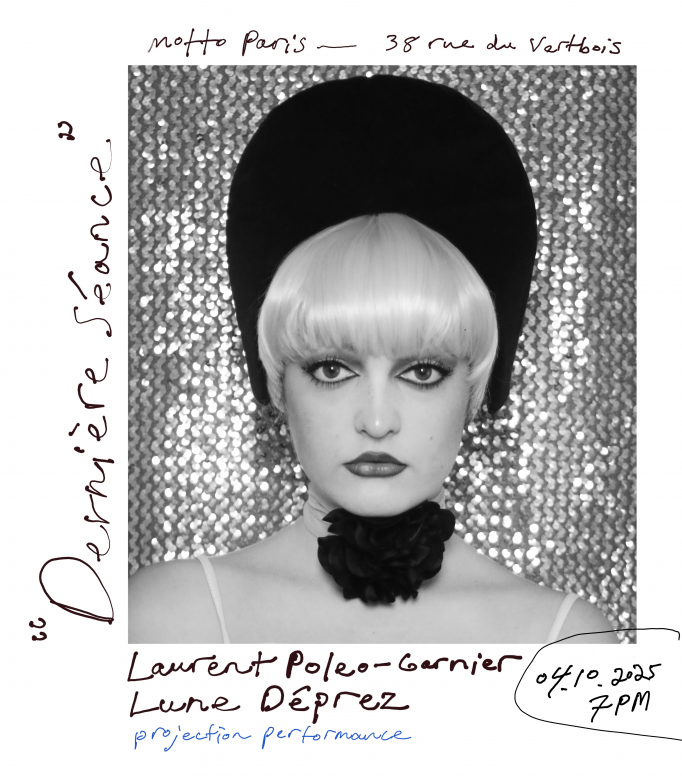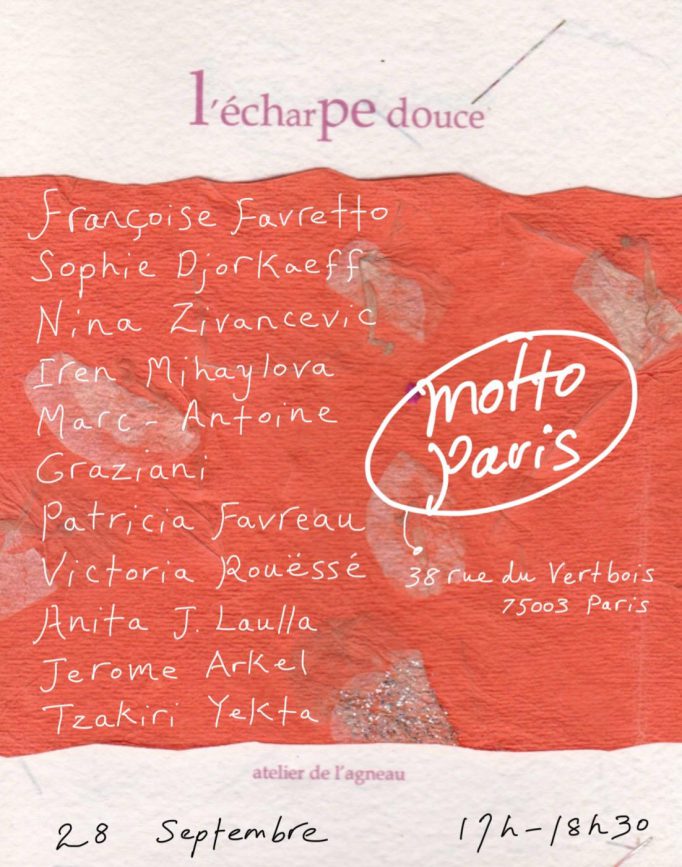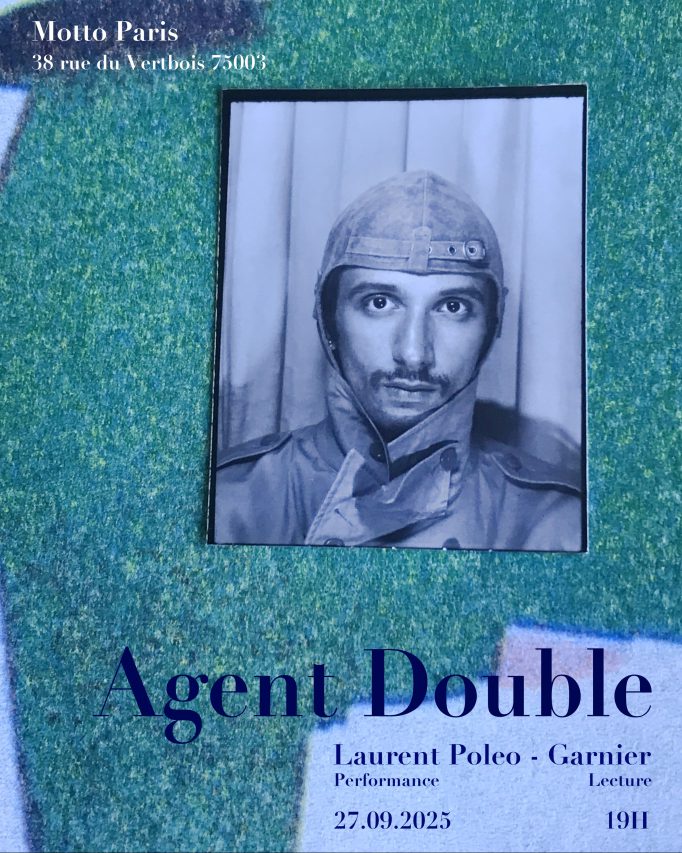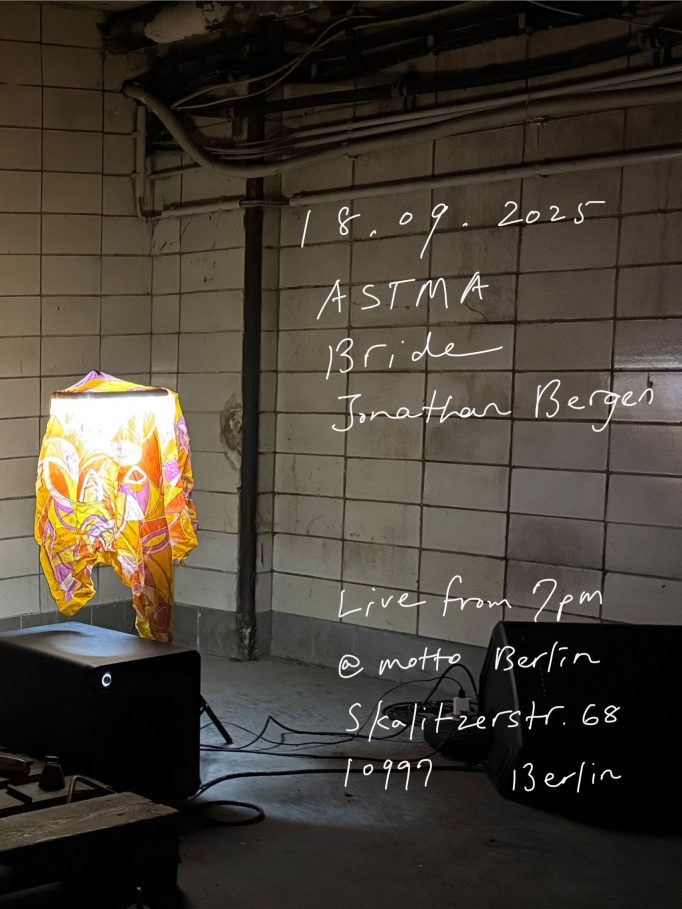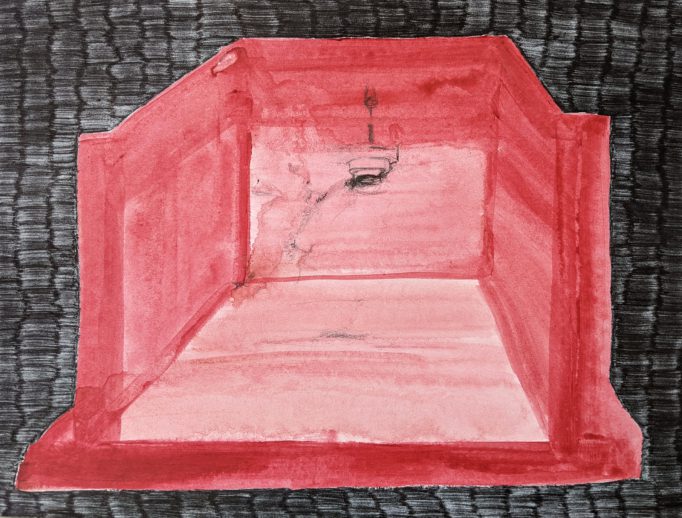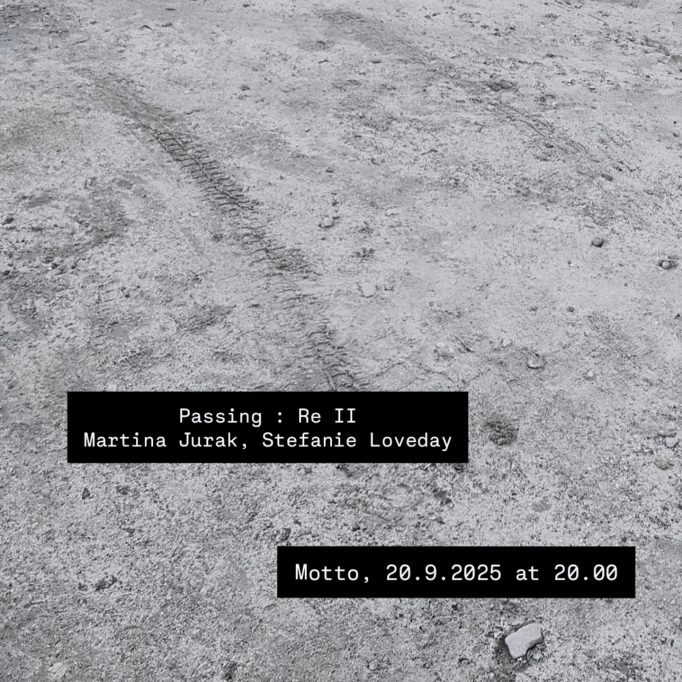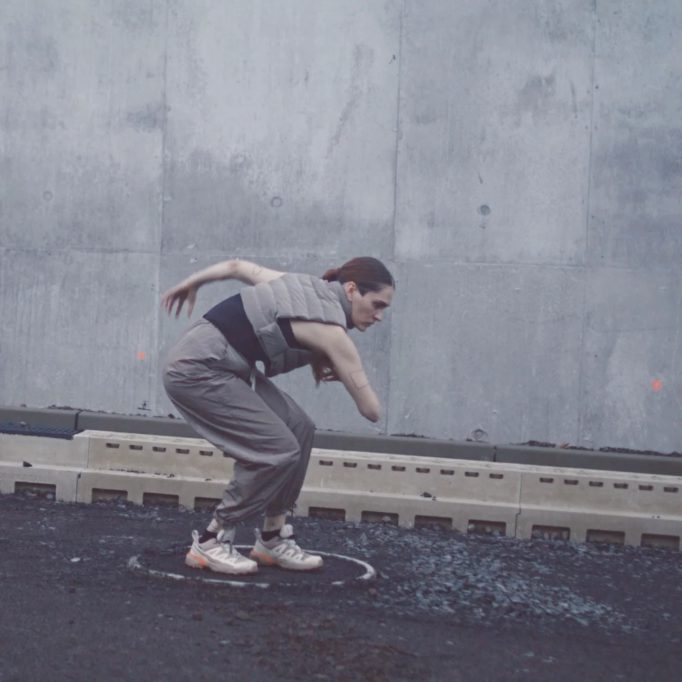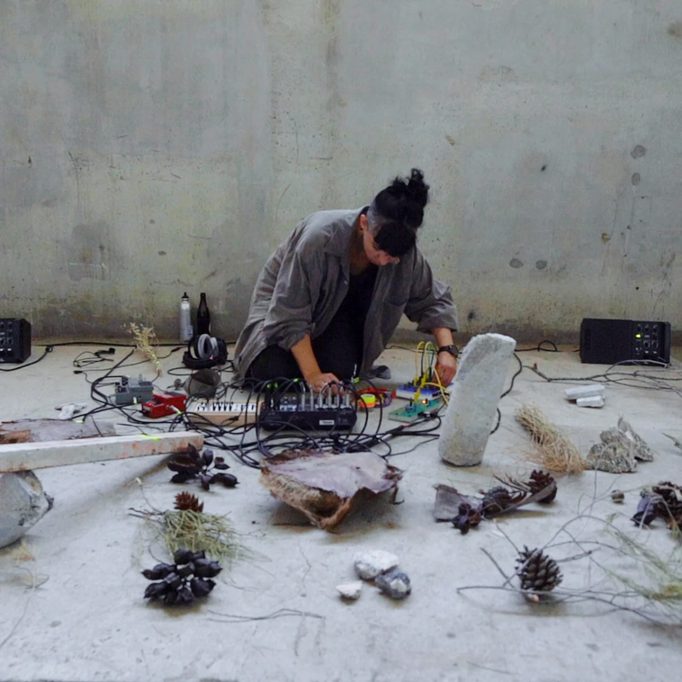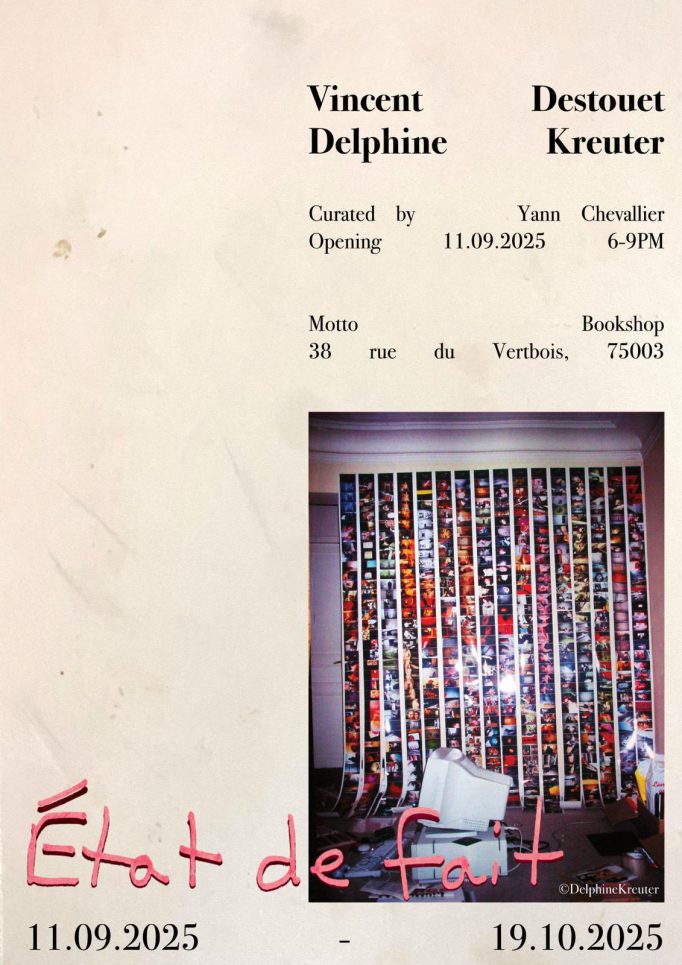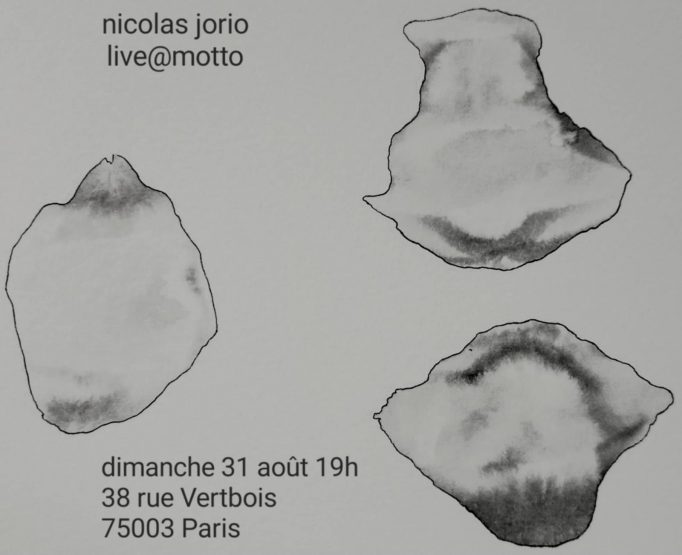“ÖZIÑSHE” 20-26.10.2025. Motto Paris
Posted in Art, Exhibitions, Motto Paris on October 2nd, 2025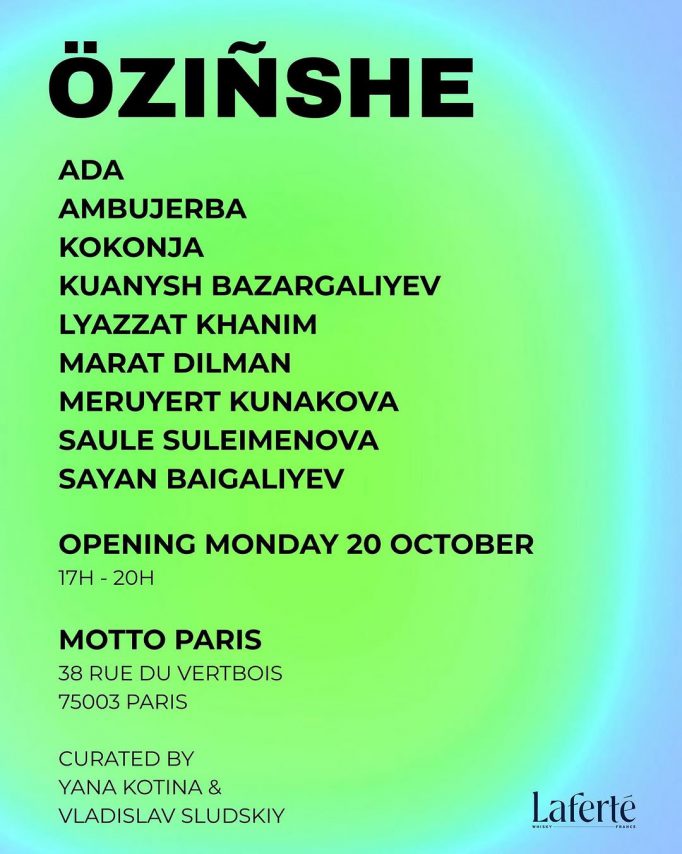
ÖZIÑSHE — a group exhibition of Kazakh artists at Motto Paris. Curated by Yana Kotina and Vladislav Sludskiy, the one-room presentation offers a snapshot of Kazakhstan’s contemporary art now: painting, textiles, and lens-based works moving between oral tradition, fragile memory, and the push–pull of urban life and ideology. Sparked by the recent openings of the Almaty Museum of Arts and the Tselinny Center, the show links Paris and Almaty through direct, conversational juxtapositions rather than a single theme.
Featuring: Ada, Ambujerba, KOKONJA, Lyazzat Khanim, Marat Dilman, Meruyert Kunakova, Kuanysh (Kuba) Bazargaliyev, Sayan Baigaliyev, and Saule Suleimenova.
Dates: 20–26 October 2025
Venue: Motto, Paris — 38 Rue du Vertbois, 75003

